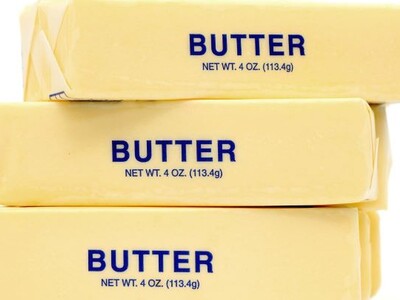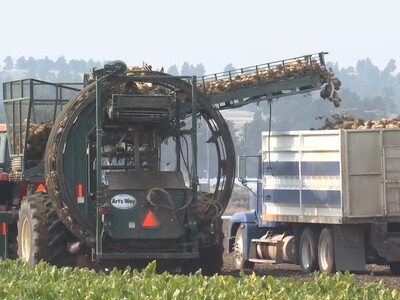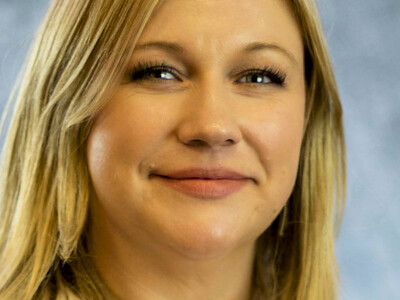Skeet vs sporting clays
The American version of skeet uses clay discs measuring 4 and 5/16 inches in diameter and 1 and ⅛ inches thick. They are mechanically flung from two fixed houses at either end of a semicircle and fly for 62 yards.People generally use a double-barreled shotgun with an over-under configuration, 26- to 30-inch barrels, and an open choke. However, some may choose slightly different specifications like a tighter choke pattern, a semi-automatic, or a break open shotgun. It’s a matter of preference for the shooter.
Skeet simulates bird hunting and can be an effective way for hunters to practice. The game is laid out on a skeet range which is a semicircle with a radius of 21 yards. There are seven stations around the outside of the semicircle and an eighth station in the middle of the two houses.
Two houses at either end of the semicircle launch targets into the air. One house is the high house and launches from ten feet above the ground while the other house is the low house and launches three feet off the ground.
These houses launch the targets, called traps, to a point that’s eighteen feet outside of station 8 and fifteen feet above the ground. The trajectory of the traps intersect at this point.
Station 1 is at the six o’clock position next to the high house while station 7 is at the twelve o’clock position next to the low house. Stations 2-6 are positioned around the outside of the semicircle from five o’clock to one o’clock.
The shooter shoots from each of the eight stations for a total of 25 shots. At stations 1 and 2, the shooter must hit a single target launched from the high house first, then the low house. Then they must shoot two targets that are launched simultaneously, called a double. However, they must shoot the target from the high house first.
At stations 3, 4, and 5, the shooter shoots single targets from the high house first, then the low house.
At stations 6 and 7, the shooter must shoot single targets from the high house first, then the low house. Then they must shoot another double, but shoot the low house target first.
At station 8, the shooter shoots a high target first, then a low target. If the shooter misses any targets, they must go back and shoot the target they missed first. If they didn’t miss any, their 25th shot at a low house target from station 8.
This last shot used to be called the shooter’s option, and the shooter could take it wherever he preferred, but in competition rounds, it speeds up the game to require the shooter to shoot two low targets from station 8.















